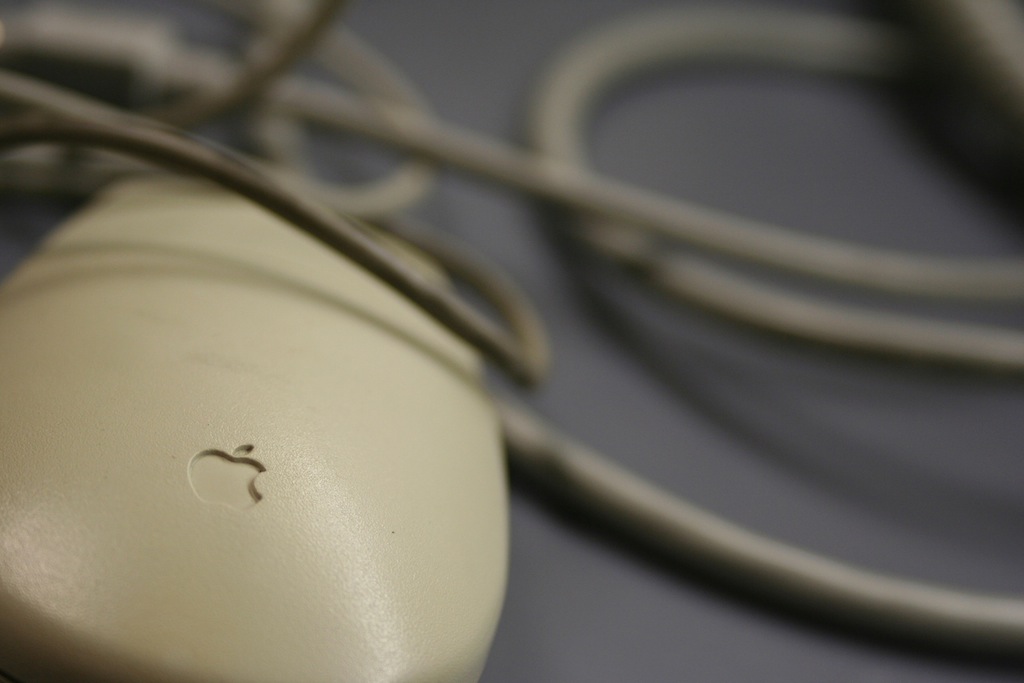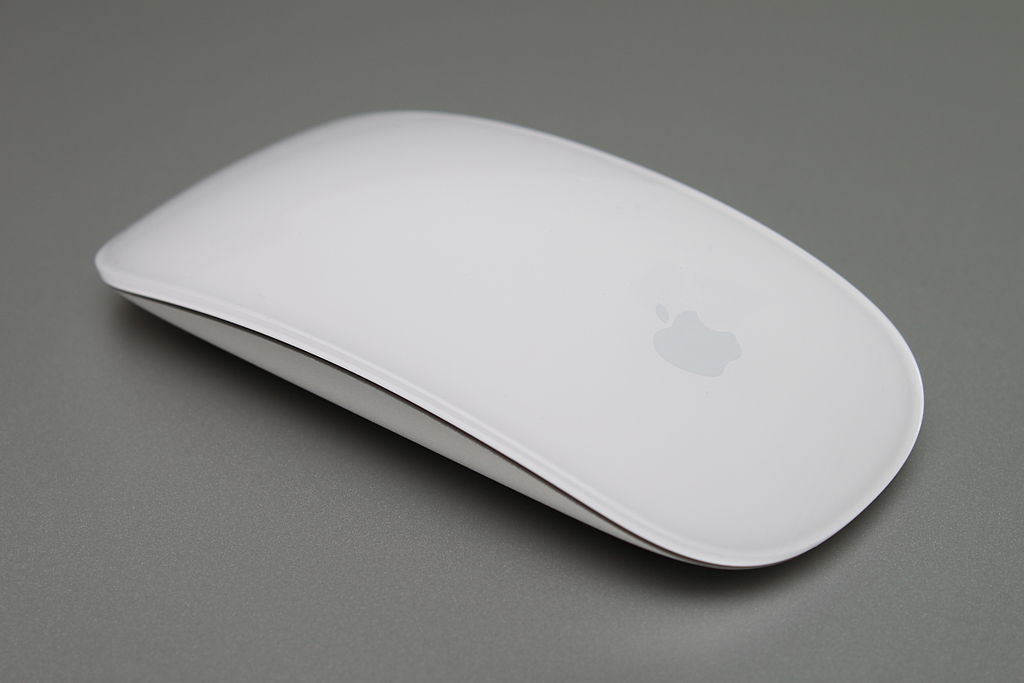I know this is safe to do, but looking at these photos makes me so uncomfortable.
Year: 2012
Review: The Fitbit One
In my Nike+ Fuelband review, I wrote:
Over the last few months, I’ve seemed to fallen out of love with the FuelBand. It’s a little too bulky for my taste, and it’s rather limited in what it captures, not to mention it doesn’t seem to be holding up well.
I closed my review saying I had pre-ordered the Fitbit One.
They are very different devices, the Fuelband and Fitbit One. Here are my thoughts.
(Insert the DUN-DUN music from Law and Order here.)
The Fitbit One is a small device. It’s probably best used in the rubber case it comes with, as it includes a sturdy clip to attach the Fitbit to a pocket.
It weighs next to nothing, has a nice screen and it easy to handle.
I’ve been using it out of the case, in the little iPod nano pocket on my jeans.
The downside of the size is that it’s easy to lose track of the device. I started putting the wristband on my night stand, reminding me to make sure the Fitbit isn’t in the hamper with my pants.
The wristband is comfortable, which is good, as it’s how the Fitbit does its thing while you sleep. Pop it in, press and hold the button to enter sleepy time mode and the device will track your sleep.
In my few weeks of usage, this has become my favorite thing about the Fitbit. I don’t sleep all that well, and it’s been fascinating to see that on a chart.
Past the sleep tracking, however, the Fitbit One doesn’t do all that much more than the Fuelband — on its own.
While the Fuelband basically stands alone, the Fitbit is just part of an entire system — one that can track your weight, food and water intake. While the Fitbit is useful without this information entered on the website or iOS app, it really shines if the time is taken for all this input.
And that’s why the Fitbit One isn’t for me. While I bemoaned the Fuelband’s simplicity, I’ve come to miss it. In fact, I’ve given the Fitbit to my wife, and I’m wearing the Fuelband now.
Go figure.
Pay It →
On this week’s Amplified, Jim and Dan talk about their growing businesses. The Loop is an awesome site, and this episode is a great look behind the kimono.
Spoiler alert: there’s a badass beard in there.
iTunes 11 →
It’s available now for some in Software Update the Mac App Store.
SOPA Author Gets House Science, Space, and Tech Committee Nod
Amanda Terkel at the Huffington Post:
Smith, like many of his Republican colleagues, has expressed doubt that global warming is caused by human behavior. In 2009, he criticized the media for not airing enough “dissenting opinions” about climate change.
Additionally, those following net neutrality will instantly recognize Rep. Smith as the author of the controversial, much-maligned Stop Online Piracy Act. Though SOPA legislation was ultimately tabled in response to fierce backlash, Smith’s promotion to committee chairman could raise new concerns that he’ll again attempt to address online piracy with similarly heavy-handed measures. It’s expected that the House will vote in favor of Smith’s new role today.
Sounds like the GOP picked a real winner.
The 512 Podcast 040 – I Could Take a Certain Amount of Ugly →
This week, Myke and I take to our microphones to answer your questions about life, love, cartoons, technology and awesome Lego sets:
-
512 Pixels: Burning Down OmniFocus
-
Back To Work #95: She’s Five for a Living
-
512 Pixels: Apple Extended II
-
The Verge: Lenovo Ideapad Yoga Review
Apple II Forever →
Well, this is stuck in my head now.
Wedge for App.net →
One of the best OS X App.net clients keeps getting better.
The Tools & Toys Giveaway →
To one lucky reader, Shawn and I giving away a Glif tripod mount and stand for your iPhone 5 and a brand-new 3-pack of Traveling Salesman Edition Field Notes. Hit the link for details.
Translucent →
I love what Benj Edwards is doing over at Macworld:
What few realize about the birth of Apple’s translucent industrial design is that it didn’t start with the iMac. At least five Apple products prior to the iMac incorporated translucent plastics. In fact, the trend originated within Apple some two years before the launch of the iMac and almost a year before Steve Jobs returned to the company.
Apple’s Mouse: A History
1983: The Lisa Mouse (Model A9M0050)

A year before the Macintosh was released, Apple’s Lisa introduced the concept of a GUI and mouse to Apple’s customers.
Often considered to be ahead of its time, the Lisa also offered protected memory, limited multitasking, hard disk support and more. Ultimately a failure, the Lisa was priced at $9,995.
1984: The Macintosh Mouse (Model M0100)

This is the mouse that put mice on the map.
Not unlike the Lisa mouse, the Macintosh Mouse featured a (now rubber, as opposed to steel) rollerball with a single, rectangle-shaped button in the center of its top. It connected to the original Macintosh via a DE–9 port, as it was before the ADB standard had been invented.
Originally beige, the Macintosh mouse came in Platinum after 1987.
1984: Apple Mouse IIc (Model M0100)

Just a few months after the Macintosh was released, the Apple IIc was introduced, bringing the mouse to the Apple II family. This mouse was a tad sleeker than the Macintosh mouse, and had a slightly different color. The IIc could use the mouse as a pointer or joystick, depending on what application was running at the time on the machine.
In 1988, the Mouse IIc was revamped, moving to the Platinum look.
1986: Apple Desktop Mouse (Model G5431/A9M0331)
Image via Dafydd Williams
With the same rectangular body as Apple’s previous peripherals, the original ADB mouse added Apple Desktop Bus to the mouse to ship alongside the Apple IIGS. Many users who were used to the old feel used this mouse for years to come, ignoring its successor that came in 1992.
1992: Apple Desktop Mouse II (Model M2706)

The ADB II mouse brought a radical redesign to Apple’s pointer device. Its rounded top and small profile made it feel much smaller than previous versions.
The Apple Desktop Mouse II would be the standard Apple mouse for just over 6 years, shipping with multiple lines of Macintosh computers.
A black version was produced and shipped with the Macintosh TV:

Image via Shrine of Apple
1998: Apple USB Mouse (Model M4848)

Here it is. The Hockey puck.
Shipped with the original iMac, this new mouse used USB, as the ADB standard was left out of the iMac by Steve Jobs and company, looking to move forward from legacy standards.

The translucent plastic housed a circuit board and two tone rollerball that could be seen easily. However, the perfectly round body often led to mistakes, as users would assume the mouse was in the correct orientation, even if it wasn’t. Apple later added a dimple to the mouse’s body to help users feel which direction the mouse was pointing.
As with previous Apple mice, the USB mouse featured a single button, that depressed in to the body when clicked.
Besides the shape, users also complained that the cable was too short on the USB mouse. Originally designed to be plugged in to the side of Apple’s new USB keyboard, notebook users found out the hard way that the cable was simply not long enough.
Mercifully, Apple put the USB Mouse and the company’s customer base out of their misery just two years later.
2000: Apple Pro Mouse (Model M5769)

After two years of suffering, The Apple Gods smiled upon the Users and the Pro Mouse was handed down from on high.
Literally. At Macworld 2000, Apple gave keynote attendees free mice.
Returning to an oblong body, the Pro Mouse was Apple’s first optical mouse, ditching the mechanical rollerball used by most manufactures at the time. It featured zero buttons. Rather, the front part of the mouse “settled” on to the underlying chassis, registering a click.
Originally released in black, the Pro Mouse’s body featured thick transparent acrylic, matching Apple’s PowerMac G4 Cube and other machines of the time.

Image via Shrine of Apple
Sadly, the Pro Mouse wasn’t perfect. Users still complained about the cord, which was still short and would fray after heavy use. (Apple included a USB extension cable for desktop users to help with the length issues.)
In 2003, Apple refreshed the mouse, fixing the cord strain issues, and dropping “Pro” from the name while moving from optical tracking to laser tracking. This model shipped with the Power Mac G4 Mirrored Drive Doors, Power Mac G5, eMac, and iMac G4 and G5. A Bluetooth model was also available.
2005: The Mighty Mouse (Model A1152)

In 2005, for the first time in its 22 years of making mice, Apple shipped a model with two buttons. Instead of using physical mechanisms, the Mighty Mouse featured touch-sensitive buttons. Like the Pro Mouse before it, the body of the mouse would respond to the click.
On the top, a free-spinning track ball allowed users to scroll in any direction. Over time, many users discovered that this ball would get gunky, rendering it useless without frequent cleaning. Two touch-sensitive areas on the side of the body could be squeezed for additional input.
OS X is the only operating system to fully support the Mighty Mouse.
2006–2009: The Wireless Mighty Mouse
In 2006, Apple added a Bluetooth model to the lineup, eventually replacing the wired version completely.
One year later, Apple revamped the mouse, changing the sides of the mouse to the same white as the top, ditching the gray.
On October 20, 2009, Apple was forced to rename the Mighty Mouse the Apple Mouse (part number MB112LL/A) due to legal issues regarding the name.
Whoops.
2009: The Magic Mouse (Model MB829LL/A)

In October 2009, Apple released the Multi-Touch Magic Mouse. Build on an aluminum base, this mouse’s curved top works as a single touch-sensitive area, with “
zones for right and left-clicking. Scrolling and gestures can be done using two fingers.
The following operating systems support the Magic Mouse:
- Mac OS X v10.5.8, v10.6.23 or later with Wireless Mouse Software Update 1.0. This update is essential for the Magic Mouse to work.
- Windows 7, Windows XP, Windows Vista using Boot Camp tools under Mac OS X. To work with Windows 7, Mac OS X Lion is required as the latest drivers are available only with a version of Boot Camp that is installable on Mac OS X Lion.
WAIT… THIS ISN’T A MOUSE…

Announced in July, 2010, the Magic Trackpad is roughly 75% larger than the trackpad found on the MacBook Air and MacBook Pro.
Powered by two AA batteries hidden in the “hinge,” the entire Trackpad clicks, thanks to its two small rubber feet.
Unlike the Magic Mouse, the Magic Trackpad supports up to four-fingered gestures.
When ordering a new desktop Mac, customers can select a Magic Trackpad in place of a mouse at no additional charge. It can be used in conjunction with a mouse, however.
It requires OS X 10.6.4 or later.
Instacast 3 FAQ →
The best podcatcher for iOS is about to get a lot better.
